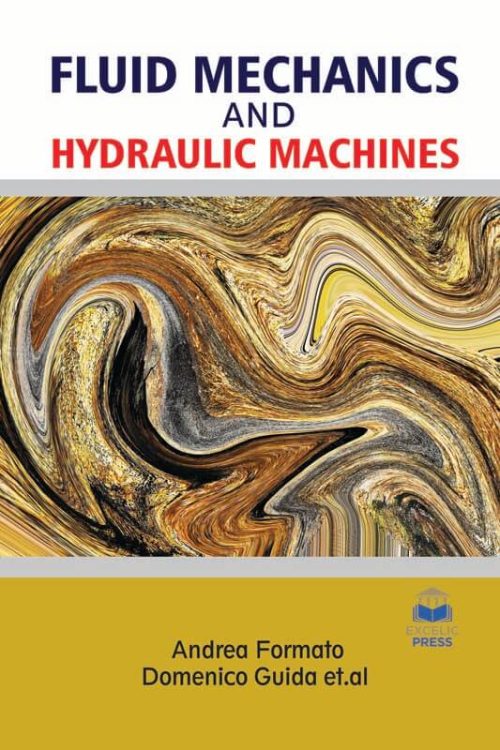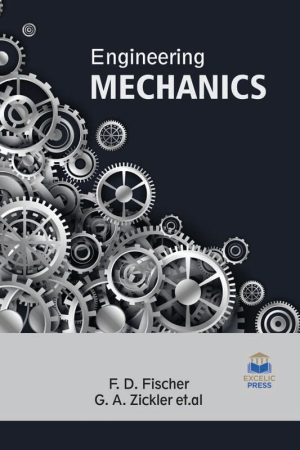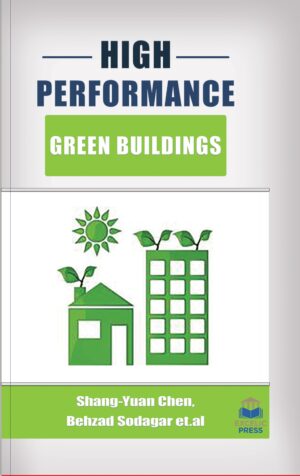Description
Since Newton (1642-1727) in the middle of the 17th century, fluid mechanics emerged as science as part of mechanics, whereas since antiquity and until the middle of the 18th century, hydraulics was mainly an activity of practitioners, and as such, could not be considered as a science in the modern sense. It was associated with an activity concerned with the motion of water, an art of channeling, raising and handling it for the different requirements of daily life. Nowadays, fluid mechanics problems can be classified in internal and external flows, being the former, related to formulations that allow the calculation of flow parameters such as flow-rate and pressure in conduits and vessels, and the latter, the calculation of pressure forces that arise in bodies immersed in fluids. Hydraulic deals with the law governing the equilibrium and motion of fluid and their application to the solution of specific problems in various fields of engineering.
This book is intended to cover a comprehensive understanding of all significant concepts and techniques of fluid mechanics and hydraulic machines. Automatic valves for suction and delivery are the most important components of a piston pump, since the wear and locking of a valve, in addition to greatly reducing capacity, can also cause serious deformations of the piston rod. Therefore, it is necessary to design such mechanical components with care and with the use of high-quality materials.
The book sheds light on the design of the delivery valve for hydraulic pumps. It also further sheds light on turbulent motion of liquids in hydraulic resistances with a linear cylindrical slide-valve; PIV measurements applied to hydraulic machinery; aerodynamic optimization of a centrifugal fan using response surface methodology; and dynamic simulation of the harvester boom cylinder. Presses are pressure exerting machine tools. They are used in industry for the cold working of a metallic object into a variety of shapes through operations such as blanking, piercing, chawing, forming, bending and shearing. It represents an important part of the manufacturing industry being used for the cheap production of large quantities of components such as motor car bodies, electric motor parts, and domestic electrical appliances parts. Consequently, the book presents the development of a manually operated hydraulic press that encompasses the design, fabrication and performance evaluation of the press.
This book also presents an emphasis on broadband noise emitted from under expanded Radial Jet. It will provide a review of how various flow phenomena are responsible for particular types of erosion in turbines and their potential consequences. Some examples of the effect on existing power plants will be shown. It will also discuss some preventive measures that have been proposed and implemented to reduce the impact of the sediment particles in hydraulic machinery. During the design and optimization of hydraulic turbomachines, the experimental evaluation of hydraulic performances beyond the best efficiency point and for off-design conditions remains essential to validate the simulation process and to finalize the development. In this context, an alternative faster method to measure the efficiency of hydraulic turbomachines using a dynamic approach has been presented in this book. This book will be of immense interest to students and practitioners dealing with the associated field and, moreover, may provide new concepts and starting topics for future researches.





